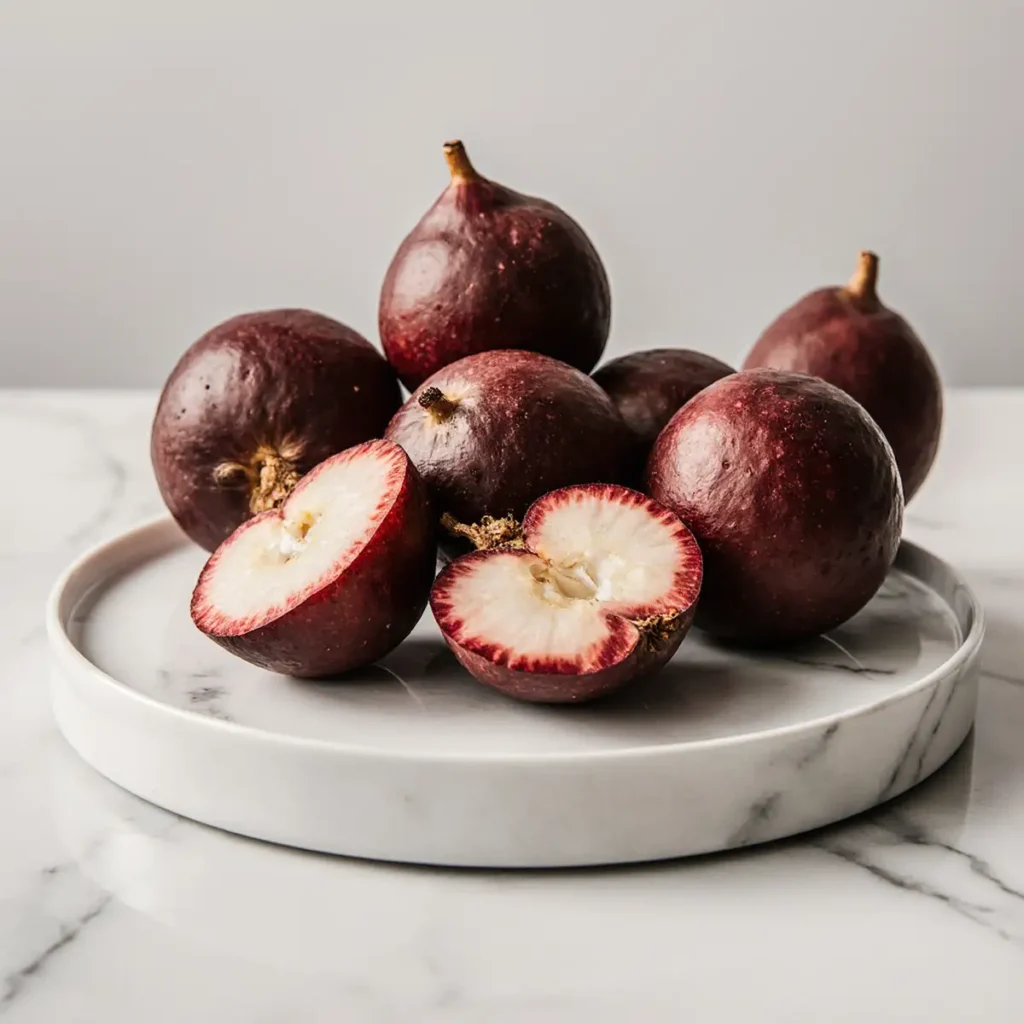
Žižole (Jujube), better known as jujube, might not be the first fruit that comes to mind when you think of superfoods, but it absolutely should be. Native to Asia and now grown globally, žižole have been valued for centuries for their incredible health benefits, unique flavor, and versatility in cooking and medicine. Whether you enjoy them fresh, dried, or in tea, these fruits are packed with nutrients that make them an ideal addition to any diet.
In this complete guide, we’ll explore the history and types of žižole, dig into their impressive nutritional profile, learn how to grow and cook with them, and address important questions like how many jujubes you can safely eat in a day or whether they’re considered invasive in certain regions. Plus, we’ll help you compare žižole to similar fruits like dates and figs to understand what sets them apart.
Discover great ideas like Candizi: The Ultimate Guide to This Trending Treat while we dive into one of the oldest medicinal fruits known to humankind.
What Are Žižole? Exploring the Origins and Varieties
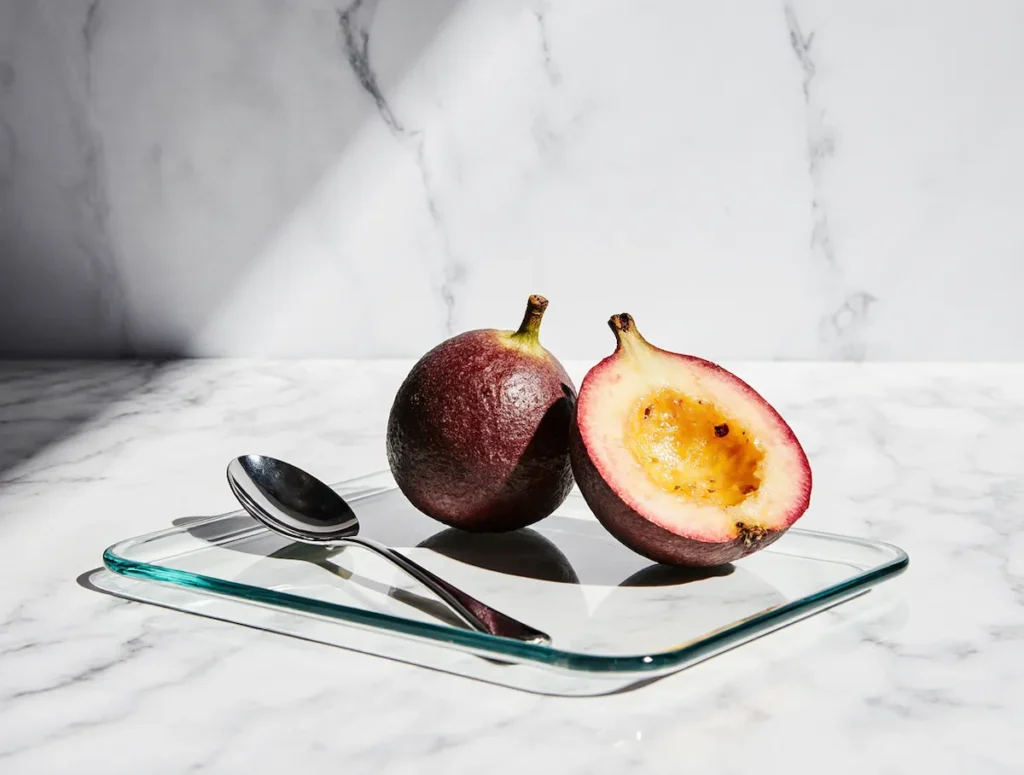
The origin and history of žižole (jujube) around the world
Žižole, also known as jujube fruits, come from the ancient Ziziphus jujuba tree a resilient species that has been grown in China for more than 4,000 years and valued for its sweet taste and medicinal benefits. This small tree, part of the buckthorn family, grows oval-shaped drupes that turn reddish-brown when ripe hence their nickname, “Chinese red dates.”
Historically, žižole have held a prominent role in Traditional Chinese Medicine (TCM) due to their calming, blood-nourishing, and immune-supporting properties. As the fruit traveled west, it made its way into Persian, Mediterranean, and Indian cuisines and herbal medicine traditions.
From the ancient Silk Road to modern superfood shelves, žižole’s journey is a testament to its value across cultures.
Different varieties of žižole: Chinese, Indian, and wild species
There are more than 400 cultivars of žižole globally, but the most common types include:
| Variety | Region | Description |
|---|---|---|
| Li Jujube | China/US | Large, round, sweet, good for fresh eating |
| Lang Jujube | China | Pear-shaped, less sweet, great dried |
| Ta-Jan | India | Slightly tart, used in chutneys and syrups |
| Wild Jujube | Mediterranean zone | Small, astringent, medicinal use |
These varieties differ in size, texture, and sweetness, but all share similar nutritional qualities. While Chinese jujubes are large and apple-like in texture when fresh, wild žižole are smaller with a more complex, tangy flavor ideal for making syrup or traditional remedies.
Wild žižole are often used in folk remedies across the Balkans, especially in countries like Croatia, Bosnia, and Slovenia, where they are fermented into liqueurs or simmered into syrups to soothe coughs and colds.
Check out Toastul: The Next Viral Breakfast Trend for more inspiration on elevating simple, healthy ingredients like žižole in modern meals.
Nutritional Value and Health Benefits of Žižole
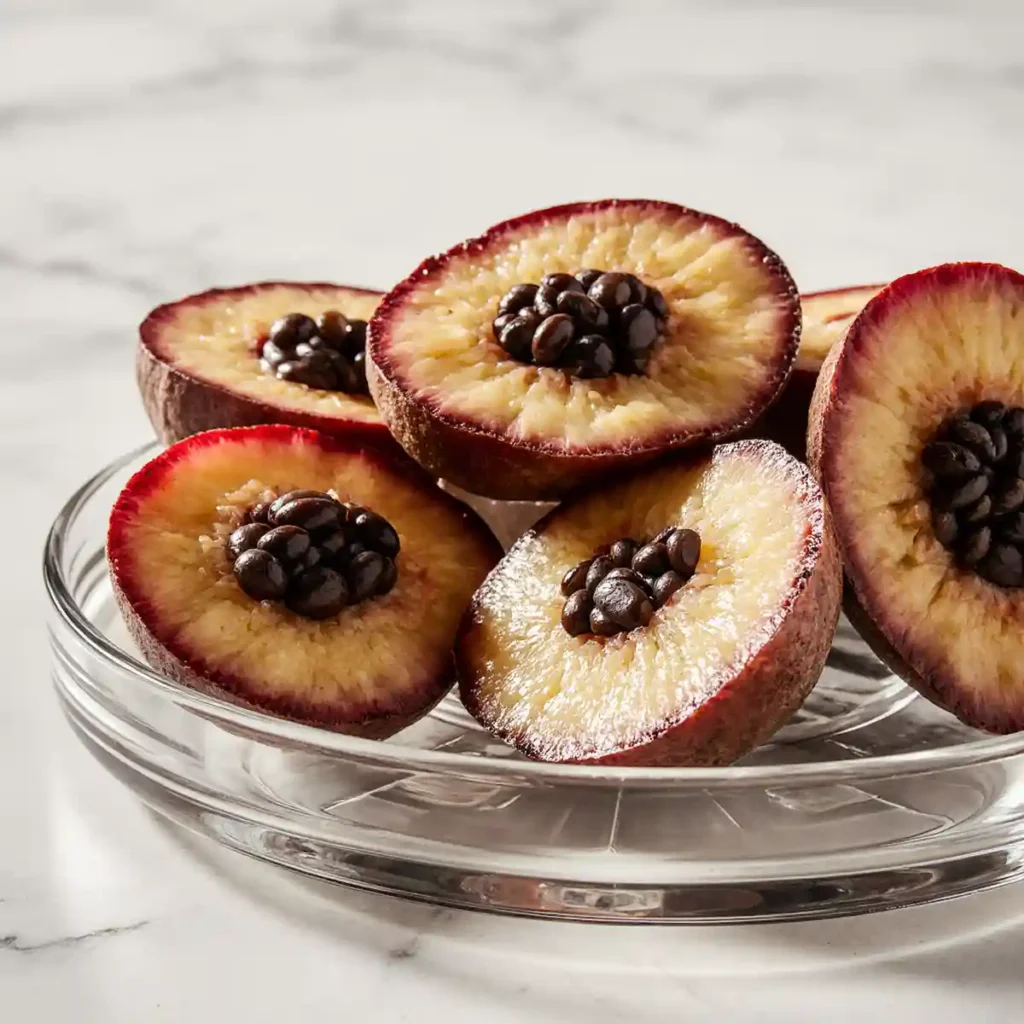
Key nutrients in žižole: vitamins, minerals, and antioxidants
Žižole might be small, but they’re a nutritional powerhouse. Whether fresh or dried, they’re loaded with essential nutrients that support overall wellness. Here’s a breakdown of what you get in a typical 100g serving of fresh žižole:
| Nutrient | Amount | Benefit |
|---|---|---|
| Vitamin C | 69 mg | Boosts immunity, supports skin health |
| Potassium | 250 mg | Regulates blood pressure and heart rhythm |
| Fiber | 6g | Aids digestion, improves gut health |
| Antioxidants | High | Fights oxidative stress |
| Flavonoids | Present | Anti-inflammatory and anti-allergic |
Žižole also contain small amounts of calcium, magnesium, and B vitamins—especially B6 and niacin, which are crucial for brain function and energy metabolism.
Unlike many sweet fruits, žižole have a low glycemic index, making them suitable for people watching their blood sugar levels. Dried žižole do have more natural sugars, so portion control is key if you’re monitoring your sugar intake.
Health benefits: immunity, digestion, sleep, and anti-aging
One of the main reasons žižole are gaining attention in wellness circles is their wide range of health benefits. From traditional use in Eastern medicine to modern scientific research, here are the top proven reasons to include žižole in your diet:
1. Immune Booster
Thanks to its rich vitamin C and flavonoid content, žižole enhances immune defense against infections, making it ideal for cold and flu season.
2. Supports Digestive Health
The soluble fiber in žižole acts as a prebiotic, promoting healthy gut bacteria and regular bowel movements. This makes them particularly useful for those suffering from occasional constipation.
3. Improves Sleep and Reduces Anxiety
In Traditional Chinese Medicine, jujube seeds are used in herbal sleep tonics. Recent studies confirm that compounds like saponins in žižole promote better sleep and may reduce anxiety by calming the nervous system.
4. Powerful Anti-Aging Properties
Žižole’s high antioxidant content helps reduce oxidative stress, a major contributor to skin aging and chronic diseases. Rich in vitamin C, žižole help boost collagen production, supporting firmer, more youthful-looking skin naturally.
5. Bone and Heart Health
Thanks to a combo of potassium, phosphorus, and magnesium, žižole support healthy bones and help regulate blood pressure and cardiovascular function.
Don’t miss our Mannacote – The Ultimate Guide to This Italian-Inspired Pasta Dish to find ideas for sweet, health-conscious treats that can incorporate nutrient-packed fruits like žižole.
How to Eat Žižole – Fresh, Dried, and in Recipes
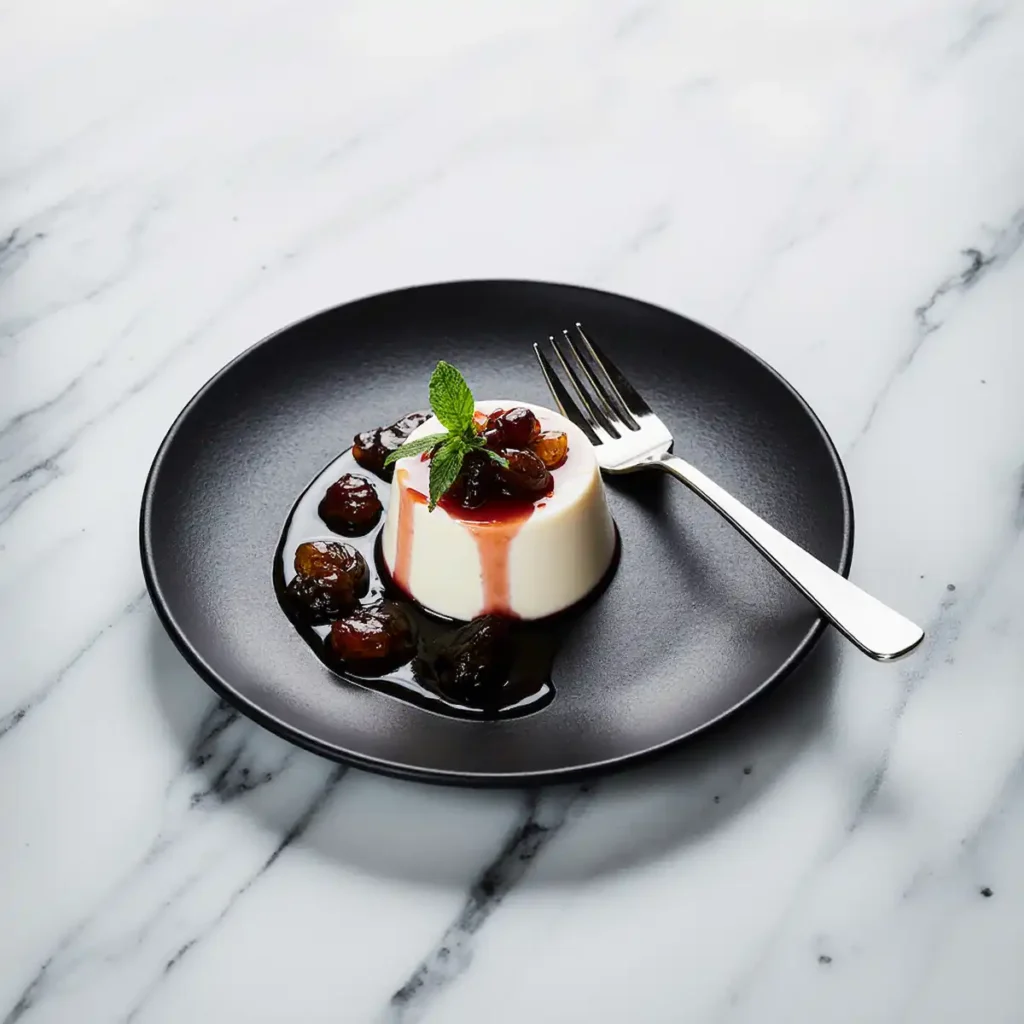
Different ways to enjoy žižole: raw, cooked, or candied
One of the best things about žižole is their incredible versatility in cooking perfect for both sweet and savory recipes.. You can enjoy them fresh, dried, boiled, baked, or even fermented depending on what flavor or texture you’re after.
1. Fresh Žižole
Fresh žižole offer a crunchy bite with a sweet-tart flavor, often likened to apples making them a delicious and healthy snack choice. They’re typically eaten out of hand washed, pitted, and enjoyed as a snack. Some people like to slice them into salads for an unexpected crunch.
2. Dried Žižole
When dried, žižole darken and become chewy, with intensified sweetness—like dates. These are perfect for:
- Natural sweeteners in smoothies or energy balls
- Adding to breakfast oats or granola
- Blending into immunity-boosting teas or tonics
3. Candied Žižole
In some cultures, especially in East Asia and the Middle East, žižole are boiled with sugar syrup or sun-dried with honey, turning them into delicious treats. These are often used in holiday celebrations or as traditional medicine for sore throats and fatigue.
Discover great ideas like Calamariere: A Culinary Mystery where unique and lesser-known ingredients like žižole take center stage.
Popular žižole recipes and traditional uses in global cuisine
Across the world, žižole have inspired a variety of comforting and medicinal recipes. Here are a few ways they’re commonly prepared:
1. Žižole Tea (Jujube Decoction)
Simmer dried žižole in water with ginger, goji berries, or cinnamon. This warming tea is a staple in TCM for improving sleep and boosting energy.
2. Žižole Chutney (Indian-style)
In parts of India, the Ta-Jan variety is cooked down with vinegar, sugar, and spices to make a tangy chutney—perfect with meats or rice dishes.
3. Balkan Žižole Syrup
In countries like Croatia and Slovenia, wild žižole are simmered with lemon and sugar to make a thick syrup that is both medicinal and tasty when added to sparkling water or cocktails.
4. Žižole Smoothies
Add 2–3 soaked dried žižole to a smoothie with banana, almond milk, and cacao for a sweet and energizing blend that’s also good for your gut.
5. Žižole Energy Bites
Chop up dried žižole and mix with dates, chia seeds, and nuts to form nutrient-packed snacks—great for post-workout recovery.
Looking for inspiration? Try Mannacote (Manicotti) – The Ultimate Guide to This Creamy Italian-American Pasta and pair it with a side of žižole chutney for a balanced fusion meal.
Home Gardening Guide: How to Successfully Grow a Žižole (Jujube) Tree in Your Backyard
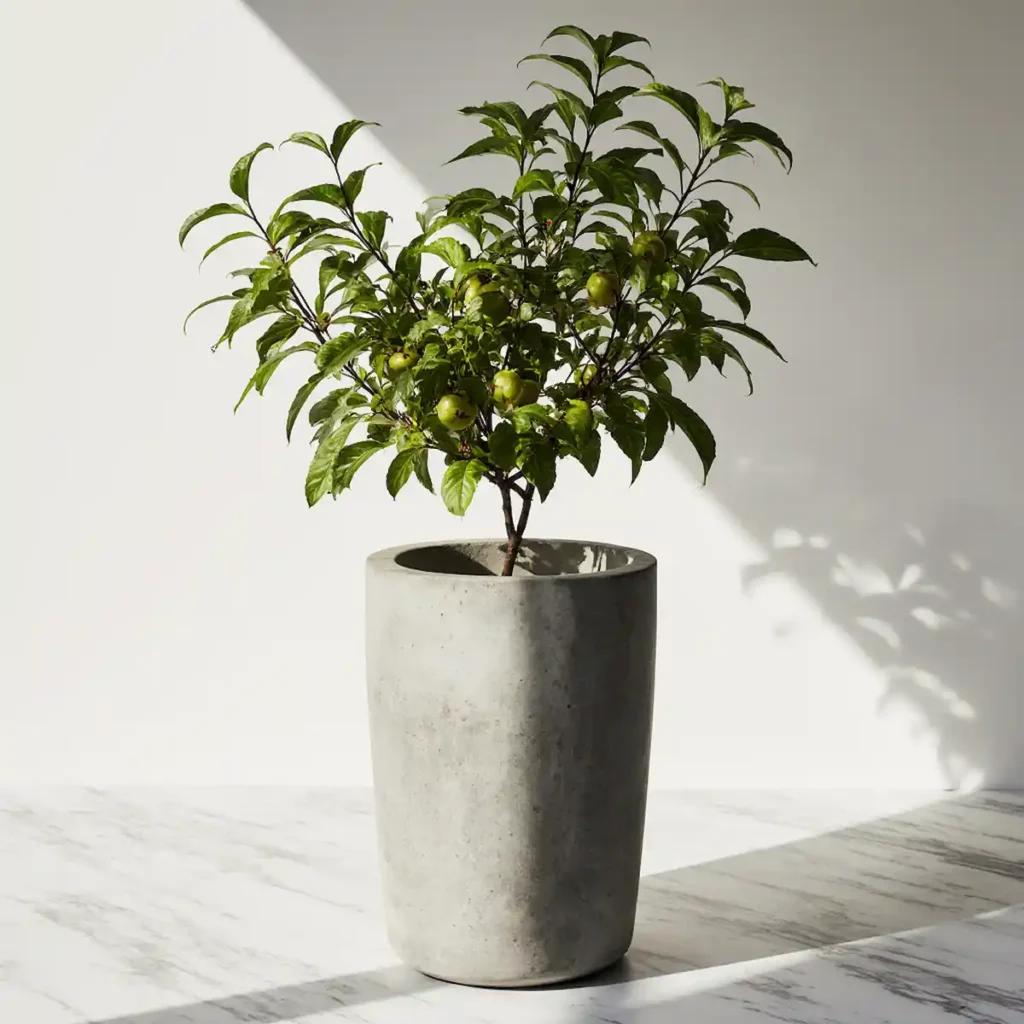
Ideal climate and soil for žižole tree cultivation
Growing your own žižole tree can be incredibly rewarding not only do you get a beautiful, drought-tolerant plant, but also a source of fresh, nutrient-rich fruit year after year. The žižole tree (Ziziphus jujuba) thrives in warm, arid to semi-arid climates and is highly adaptable.
Here’s what it needs to grow best:
| Growing Condition | Ideal Requirement |
|---|---|
| USDA Zones | 6–10 |
| Sunlight | Full sun (6–8 hours daily) |
| Soil Type | Well-drained sandy or loamy soils |
| Soil pH | Neutral to slightly alkaline (6.0–8.0) |
| Watering | Low to moderate once established |
| Spacing | At least 10–15 feet between trees |
Mature žižole trees are highly drought-resistant and naturally resilient against common pests, making them a low-maintenance choice for home gardeners. They’re a fantastic choice for gardeners in dry regions or those looking for a low-maintenance fruit tree that thrives even with minimal care.
Growth cycle, flowering, and how long it takes to fruit
Many people ask: “How long does it take for a jujube tree to bear fruit?” The answer depends on whether you’re planting from seed or a nursery-grown sapling.
- From seed: 5–7 years to produce fruit, with variable quality.
- From grafted nursery tree: 2–3 years to produce fruit, with better consistency.
Here’s a quick look at the typical žižole tree growth timeline:
| Year | Development Stage |
|---|---|
| 1 | Root establishment and leaf growth |
| 2 | First flowering (light fruiting may occur) |
| 3 | Full fruiting potential begins |
| 4+ | Consistent annual yield |
Žižole trees flower in late spring or early summer, and fruit begins to form soon after. Žižole are typically harvested from late summer through early fall, with timing varying based on climate and fruit variety.
The fruits start out green, turn yellowish, and finally reddish-brown when fully ripe. Some people prefer to pick them early for crispness, while others wait until they’re soft and date-like.
Don’t miss our Prizmatem – Everything You Need to Know About This Trending Ingredient where tradition and flavor meet—just like the art of growing žižole at home.
Are Žižole Invasive? Managing Growth Responsibly
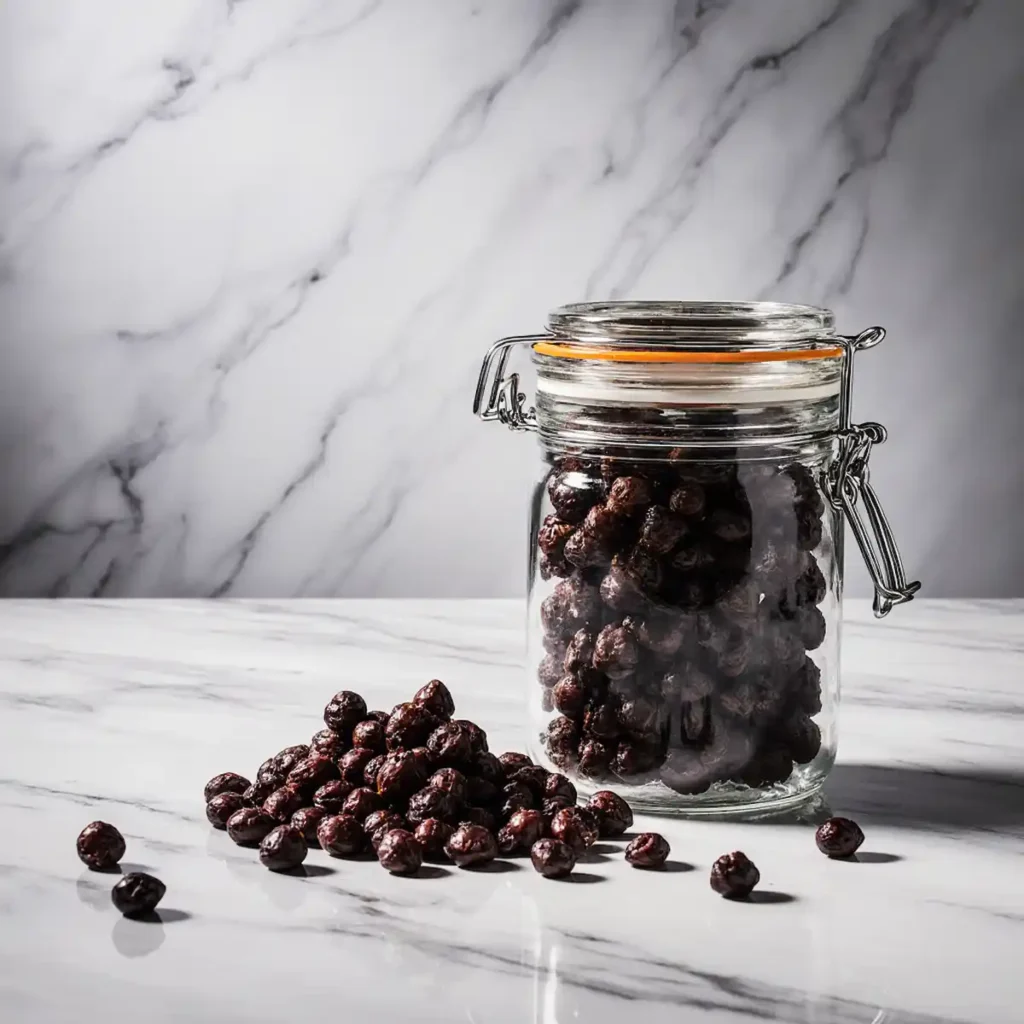
Is the jujube tree considered invasive in the U.S. or Europe? Here’s what gardeners need to know.
While žižole (jujube) trees are prized for their resilience and low maintenance, they’ve raised questions in some areas about whether they’re invasive. The truth? It depends on where and how they’re grown.
In the United States, especially in warmer states like Texas, California, and Arizona, some jujube varieties have naturalized and can spread easily. While they’re not officially listed as invasive in most states, their ability to resprout aggressively from roots makes them a concern in unmanaged spaces.
In Europe, wild žižole (especially Ziziphus lotus) have existed for centuries and are generally not considered invasive. They’re even part of the natural Mediterranean scrubland in regions like Italy, Croatia, and Greece.
However, uncontrolled planting or improper care can cause them to spread into unintended areas, potentially displacing native plants.
Key concerns when unmanaged:
- Root suckers can pop up yards away from the parent tree.
- Some wild species can form dense thickets over time.
- Birds help disperse seeds, especially from soft, overripe fruit.
So while žižole are not officially invasive in most areas, they are vigorous growers and should be managed with care especially near native plant habitats or open land.
Tips for controlling spread and maintaining balance
The good news? With just a few smart practices, žižole trees can be a safe, productive addition to your garden without becoming a nuisance.
Here’s how to keep things in check:
| Tip | How It Helps |
|---|---|
| Plant grafted trees | These are less likely to sucker aggressively |
| Regularly prune root suckers | Prevents unwanted spreading underground |
| Harvest fruit promptly | Stops birds from dispersing seeds widely |
| Avoid planting near wild habitats | Reduces risk of displacement |
| Grow in containers (if needed) | Ideal for small gardens and patios |
Home gardeners should monitor root zones annually, and if a sucker emerges, simply cut it back to the ground. In fact, many people grow žižole trees in urban edible landscapes without any invasive issues.
Žižole trees, when managed properly, are among the easiest fruit trees to grow organically with minimal risk and maximum yield.
Side Effects and Cautions When Eating Žižole
Who should avoid žižole? (drug interactions, allergies)
While žižole are packed with health benefits and are safe for most people, there are a few important precautions to keep in mind especially for those with certain medical conditions or on specific medications.
1. Medication Interactions
Jujube fruit can interact with sedatives or anti-anxiety medications. This is due to its natural compounds like saponins and flavonoids that have mild sedative effects. If you’re taking sleep aids, anti-seizure drugs, or benzodiazepines, consult your doctor before adding žižole to your diet.
2. Allergic Reactions
Though rare, some people may experience:
- Skin itching or rash
- Mild swelling or hives
- Oral tingling
If you’ve had allergic reactions to other stone fruits (like apricots or plums), start with a small amount and monitor how your body responds.
3. Blood Sugar Sensitivity
Even though žižole have a low glycemic index, dried varieties contain natural sugars that can affect people with diabetes or insulin resistance. Dried žižole should be eaten in moderation and ideally paired with protein or fiber to stabilize blood sugar levels.
Safe consumption: How many žižole should you eat a day?
“How many jujubes can I eat a day?” It’s one of the most frequently asked questions—and for good reason.
Here’s a quick breakdown of safe daily intake:
| Type of Žižole | Safe Daily Amount |
|---|---|
| Fresh | 5–10 medium-sized fruits |
| Dried | 2–4 pieces (due to sugar concentration) |
This amount provides you with fiber, antioxidants, and calming nutrients—without overloading your system or risking sugar spikes. For herbal or medicinal use (like in teas), consult a holistic or traditional medicine practitioner for the right dosage.
It’s also worth noting that excess consumption of žižole (especially in dried form) can cause:
- Bloating
- Loose stools
- Mild drowsiness
As with any superfood, moderation is key.
Don’t miss our Boursin Cheese Pasta for sweet treats where you can enjoy žižole in safe, delicious portions.
PART 7: Buying and Storing Žižole for Maximum Freshness

Where to buy fresh or dried žižole in the USA
Although žižole (jujube) isn’t yet a household name in every American kitchen, you can still find it if you know where to look.
Here are some top places to buy fresh or dried žižole in the USA:
| Source | Availability | Notes |
|---|---|---|
| Asian grocery stores | Year-round (dried), seasonal (fresh) | Often labeled “Chinese red dates” |
| Middle Eastern markets | Dried only | Look for soft, dark brown fruit |
| Farmers’ markets | Seasonal (late summer to fall) | Some local growers offer fresh varieties |
| Online retailers | Year-round | Amazon, Nuts.com, iHerb, or Etsy |
| Specialty health stores | Limited availability | Check dried fruit/natural remedy sections |
When shopping, choose firm, unwrinkled fresh žižole or plump dried ones without added sugar or sulfites.
If you’re lucky enough to live near a nursery that sells fruit trees, you may also be able to buy fresh žižole from local growers, particularly in California, Arizona, New Mexico, and Texas.
How to store žižole properly (fresh, frozen, or dried)
Storing žižole the right way helps preserve both flavor and nutritional value. Here’s how:
Fresh Žižole
- Store unwashed in a breathable paper bag in the fridge for up to 2 weeks.
- For short-term room temperature storage, keep them in a cool, dark area and use within 3–5 days.
- If overripe, they can be pitted and added to smoothies or dried at home.
Dried Žižole
- Store žižole in an airtight container in a cool, dark pantry to maintain freshness for up to 6 months.
- For longer storage, freeze in small batches for up to 12 months.
- Ensure the packaging is moisture-free to prevent mold or spoilage.
Freezing Žižole
- Wash, pit, and slice fresh žižole before freezing.
- Store in freezer-safe containers with a label and date.
- Frozen žižole work great in baking, teas, or stews.
Freezing is especially useful if you’ve bought žižole in bulk during harvest season or ordered online in large quantities.
Looking for inspiration? Try Frozen Grands Biscuits in an Airfryer and add caramelized žižole as a unique, sweet-tart topping for a twist on tradition.
Žižole vs. Similar Fruits – A Comparison
Žižole vs. Dates vs. Figs: Key Differences in Nutrition, Flavor, and Health Benefits
When you place žižole alongside popular sweet fruits like dates and figs, the comparison gets interesting. While all three are nutrient-dense and often enjoyed dried, each brings a unique profile to the table in terms of flavor, texture, and health benefits.
Let’s break it down:
| Feature | Žižole (Jujube) | Dates | Figs |
|---|---|---|---|
| Taste (fresh) | Apple-like, mildly sweet | Not available fresh in most areas | Honey-like, pulpy |
| Taste (dried) | Chewy, mild caramel flavor | Rich, sugary, dense | Syrupy, seedy, sweet |
| Calories (per 100g) | ~79 (fresh) / ~280 (dried) | ~277 | ~249 |
| Fiber | High | Moderate | High |
| Glycemic Index | Low | Medium-high | Medium |
| Iron & Potassium | Moderate | Very high | Moderate |
| Use in cooking | Teas, soups, candies | Energy balls, smoothies | Jams, salads, cheese platters |
✅ Takeaway: While dates are excellent for energy and figs are great for digestion, žižole offer a low-calorie, high-antioxidant alternative that fits well into both sweet and savory dishes. Plus, they offer milder sugar levels, making them ideal for people managing blood sugar or looking for gentler sweetness.
Why žižole might be a better superfruit alternative
Žižole hold a special place in the superfruit lineup—and for good reason.
1. Lower Natural Sugar
Compared to dates and figs, žižole have less sugar, especially when consumed fresh. This makes them more versatile for everyday snacking and dietary plans like keto-lite or low-glycemic diets.
2. Adaptogenic Properties
Žižole are often classified as adaptogens in herbal medicine. That means they help the body adapt to stress, support restful sleep, and improve mood unlike most fruits.
3. Better for Infusions and Teas
Because of their natural compounds (like saponins and flavonoids), žižole work incredibly well in warm beverages offering both taste and function.
4. Shelf-Stable and Long-Lasting
Dried žižole are less sticky and more resistant to spoilage than figs or dates, making them ideal for hiking snacks, emergency kits, or long-term storage.
Whether you’re upgrading your smoothie game, building a better trail mix, or just tired of sticky dates, žižole make a smart, flexible alternative.
The Rising Trend of Žižole in Modern Diets
Why žižole are gaining popularity in wellness circles
Once a well-kept secret of ancient herbal medicine, žižole have found their way into modern superfood conversations and for good reason. As more people look for natural ways to support their health, žižole offer a functional, clean, and delicious alternative to conventional snacks and supplements.
Here’s why they’re trending in the health and wellness world:
- Plant-based lifestyle boom: Žižole are naturally vegan, gluten-free, and additive-free.
- Gut health focus: Their prebiotic fiber content helps support digestive balance.
- Sleep + stress support: Few fruits help with anxiety and sleep the way žižole do, especially when consumed in teas or tinctures.
- Adaptogenic awareness: The popularity of adaptogenic herbs (like ashwagandha or ginseng) has paved the way for žižole to shine as a fruit-based adaptogen.
- Low-waste appeal: Dried žižole have a long shelf life and minimal environmental impact when stored properly.
In the U.S., influencers and holistic health coaches are now featuring žižole in daily rituals, recipes, and product lines from sleep teas to wellness shots.
Incorporating žižole into your diet: smoothies, snacks, teas
If you’re wondering how to actually bring žižole into your routine without overhauling your whole kitchen, here are some easy, trend-friendly ways to get started:
1. Morning Smoothies
Soak 2–3 dried žižole overnight and blend them into your morning smoothie with banana, almond milk, and turmeric for an energizing, gut-friendly boost.
2. DIY Trail Mix
Chop dried žižole into pieces and combine with almonds, pumpkin seeds, and cacao nibs. Great for hikes, office snacks, or lunchboxes.
3. Bedtime Tea
Boil sliced dried žižole with goji berries and fresh ginger for a calming tea that’s rich in antioxidants and naturally caffeine-free.
4. Superfood Bowls
Top your oatmeal, chia pudding, or yogurt bowl with rehydrated žižole and a sprinkle of coconut flakes or sesame seeds.
5. Healthy Baking
Add chopped žižole to banana bread, muffins, or granola bars instead of sugary raisins or chocolate chips.
By integrating žižole into your day-to-day diet, you’re not just following a trend you’re embracing a timeless fruit with ancient roots and modern relevance.
The Rising Trend of Žižole in Modern Diets
Why žižole are gaining popularity in wellness circles
Once a well-kept secret of ancient herbal medicine, žižole have found their way into modern superfood conversations and for good reason. As more people look for natural ways to support their health, žižole offer a functional, clean, and delicious alternative to conventional snacks and supplements.
Here’s why they’re trending in the health and wellness world:
- Plant-based lifestyle boom: Žižole are naturally vegan, gluten-free, and additive-free.
- Gut health focus: Their prebiotic fiber content helps support digestive balance.
- Sleep + stress support: Few fruits help with anxiety and sleep the way žižole do, especially when consumed in teas or tinctures.
- Adaptogenic awareness: The popularity of adaptogenic herbs (like ashwagandha or ginseng) has paved the way for žižole to shine as a fruit-based adaptogen.
- Low-waste appeal: Dried žižole have a long shelf life and minimal environmental impact when stored properly.
Across the U.S., žižole are gaining popularity among wellness influencers and holistic health coaches featured in everything from daily rituals and recipes to sleep teas and functional wellness shots.
Incorporating žižole into your diet: smoothies, snacks, teas
If you’re wondering how to actually bring žižole into your routine without overhauling your whole kitchen, here are some easy, trend-friendly ways to get started:
1. Morning Smoothies
Soak 2–3 dried žižole overnight and blend them into your morning smoothie with banana, almond milk, and turmeric for an energizing, gut-friendly boost.
2. DIY Trail Mix
For a nutritious snack mix, chop dried žižole and blend with almonds, pumpkin seeds, and antioxidant-rich cacao nibs. Great for hikes, office snacks, or lunchboxes.
3. Bedtime Tea
Boil sliced dried žižole with goji berries and fresh ginger for a calming tea that’s rich in antioxidants and naturally caffeine-free.
4. Superfood Bowls
Top your oatmeal, chia pudding, or yogurt bowl with rehydrated žižole and a sprinkle of coconut flakes or sesame seeds.
5. Healthy Baking
Swap out sugary raisins or chocolate chips by adding chopped žižole to banana bread, muffins, or homemade granola bars for a naturally sweet, nutrient-rich twist.
By integrating žižole into your day-to-day diet, you’re not just following a trend you’re embracing a timeless fruit with ancient roots and modern relevance.
You can find it us in Pinterest ! & our Blogs Here
FAQs About Žižole
How many jujubes can I eat a day?
You can safely enjoy 5–10 fresh žižole or 2–4 dried ones per day, depending on your dietary needs. Because dried žižole have higher natural sugar concentrations, moderation is key—especially for those managing blood sugar. They’re best consumed as part of a balanced diet with fiber or protein.
Is jujube invasive?
Jujube (žižole) trees are not officially classified as invasive in most areas, but they are vigorous growers. In warmer climates like Texas or California, some species can spread through root suckers or seeds if unmanaged. Regular pruning and smart placement in home gardens prevent unwanted spread.
What are the side effects of jujube fruit?
Žižole are generally safe for most individuals, though potential side effects may include:
– Drowsiness, especially when combined with sedative medications
– Digestive upset if consumed in large quantities
– Allergic reactions, though rare, may occur in those sensitive to stone fruits
Always consult with a healthcare provider if you’re taking medication or have underlying health concerns.
How Many Years Until a Jujube Tree Produces Fruit? Growth Timeline & Harvest Guide
If planted from a nursery-grown grafted tree, žižole can begin to fruit in 2–3 years. Jujube trees grown from seed can take up to 7 years to bear fruit, often with less reliable yield and quality compared to grafted varieties. They bloom in late spring and typically yield fruit by late summer to early fall.
Conclusion: Why You Should Add Žižole to Your Wellness Routine
From ancient medicinal texts to modern health trends, žižole (jujube) have stood the test of time. They’re not only rich in nutrients, antioxidants, and functional compounds, but also deliciously versatile whether you enjoy them fresh off the tree, dried in trail mix, or brewed into calming tea.
In a world full of overprocessed snacks and synthetic supplements, žižole offer something pure, powerful, and deeply rooted in tradition.
Whether you’re looking to:
- Sleep better
- Improve your gut health
- Find a natural sweetener
- Grow your own fruit tree
Adding žižole to your diet is a smart, eco-friendly choice offering sustainable nutrition and rich, naturally sweet flavor.
Learn more about Frozen Onion Rings in Air Fryer to make ingredients like žižole part of your everyday journey.

Žižole (Jujube) Calming Tea
Ingredients
- 6 dried žižole (jujube) sliced or whole, pitted
- 1 inch fresh ginger root sliced
- 2 tablespoons goji berries optional for added antioxidants
- 3 cups water filtered
- 1 teaspoon honey or maple syrup optional, to taste
Instructions
- Rinse the dried žižole and goji berries under cool water to remove any surface dust.
- Add žižole, ginger slices, and goji berries (if using) to a small saucepan with 3 cups of water.
- Bring to a gentle boil, then reduce heat and let simmer uncovered for 15–20 minutes.
- Strain the tea into cups. Sweeten with honey or maple syrup if desired.
- Serve warm. Optionally, enjoy the softened fruit pieces afterward as a light snack.

1 thought on “Žižole (Jujube) – The Complete Guide to This Ancient Superfruit”